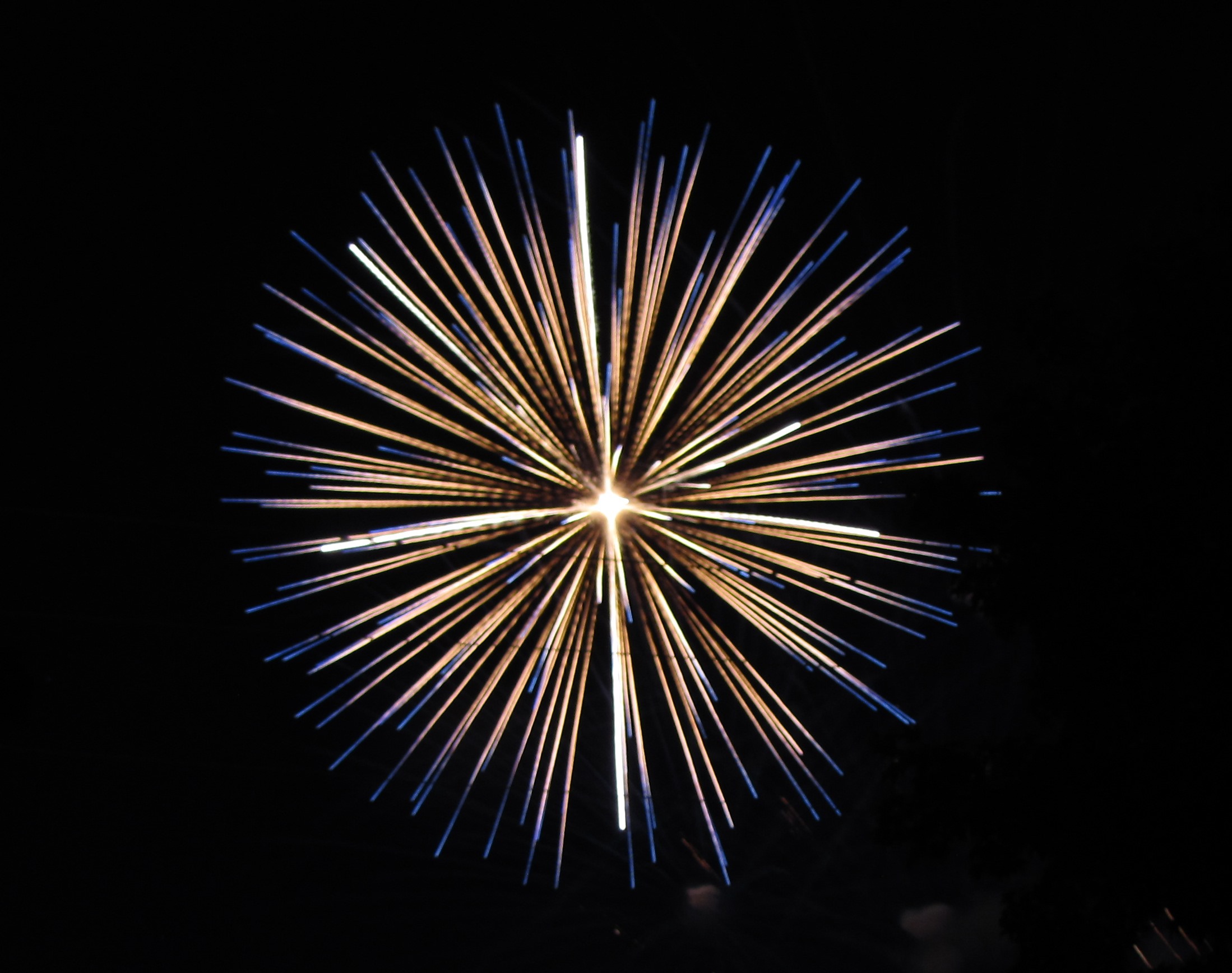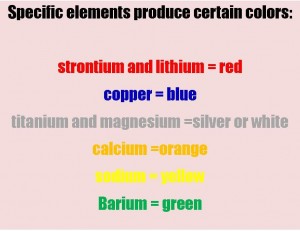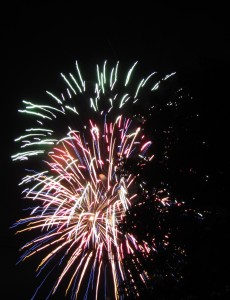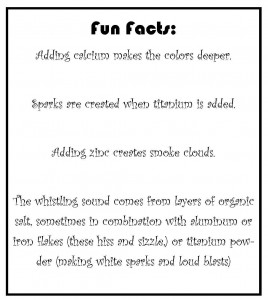Celebrating With a Bang; the Origin of Fireworks

Every July, we go and sit with thousands of others to watch our local fireworks display. Since our town’s display has the distinction of being “The Best in the ‘Burbs,” and has for as long as I can remember, everyone goes, so we go early, to make sure we have a place to sit that is relatively unobstructed by the trees planted almost 20 years ago. Since the local Kiwanis holds their annual carnival this week, there is also the option of indulging in rare treats, such as cotton candy and funnel cake. Besides greeting people I only see a couple times a year and engaging in general people watching, I also have time to ponder each year how strange this tradition really is.
Some local traditions have been established, some years the event starts with a local resident sky-diving in shortly before dusk and sometimes we are treated to a live performance of The Star Spangled Banner. It is always fun to have someone new to the area with us, as they are especially impressed by the length and extravagance of the show. Of course fireworks themselves are not new. We all recognize that fire power has been around for centuries, however it might surprise some to learn that fireworks were not designed as weapon at first, this came later.

Fireworks in their simplest form appear to have been invented in China, possibly as early as the year 200 BC. The loud noise associated with these firecrackers was thought to ward off evil spirits. Like most inventions, they have evolved and gotten more complicated. When potassium nitrate was added to the mix somewhere between 600 and 900 AD, gunpowder was inadvertently created. By the end of the tenth century, this compound was used to make weapons.
Fireworks were used in religious plays in the 1300s, and by the late 15th century, were used to celebrate major events, such as the Girandola for the newly elected pope. By the 16th century, similar festivals were held throughout northern Europe, often celebrating royalty and their exploits. The coronations of both Anne Boleyn and Elizabeth I featured such displays. In the 1830s, Italians added traces of metal etc. to create colors in fireworks and also created the aerial shell, the method by which the explosion of modern fireworks are delayed until achieving height in the sky.
The earliest organized display on record was 1486 and marked the occasion of Henry VII’s wedding. Queen Elizabeth I established the position of Fire Master and James II’s Fire Master was rewarded with a knighthood in 1685 for his display marking the king’s coronation.
 Although the first recorded fireworks in the New World is said to be one that Captain John Smith set off in 1608, there is little mention again of fireworks until the occasion of the signing of the Declaration of Independence. In a letter to his wife, John Adams predicted that the anniversary of this great event would henceforth be celebrated in the future with “pomp and parade…bonfires and illumination.”
Although the first recorded fireworks in the New World is said to be one that Captain John Smith set off in 1608, there is little mention again of fireworks until the occasion of the signing of the Declaration of Independence. In a letter to his wife, John Adams predicted that the anniversary of this great event would henceforth be celebrated in the future with “pomp and parade…bonfires and illumination.”
His prediction of course was true. The Virginia Gazette on July 18, 1777 reported that in Philadelphia, on July 4 of that year, “The evening was closed with the ringing of bells, and at night there was a grand exhibition of fireworks, which began and concluded with thirteen rockets on the commons, and the city was beautifully illuminated.”
Though most Americans associate fireworks with the Fourth of July, in other countries they are used to help bring in the New Year as well as celebrate other national holidays. Of course, they are not limited only to holidays, some popular attractions such as Disney holding displays each night.
Because of the danger involved (early pyrotechnicians had a high mortality rate while on the job) most states now have laws dictating how and where fireworks can be used and limit what types can be purchased by those without pyrotechnic training/certification. There are some designed for amateur use and the National Council of Fireworks Safety offers safety tips for using fireworks at home.
